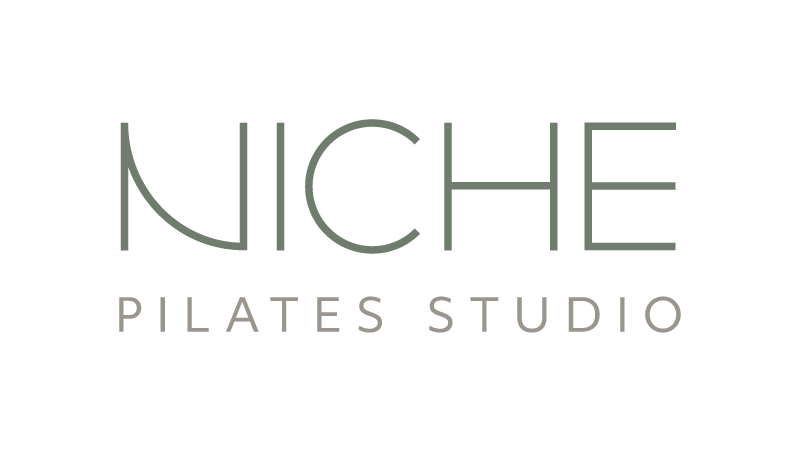Supporting Women Through Perimenopause and Menopause with Pilates
Navigating perimenopause and menopause can be a challenging time for many women. These hormonal transitions bring about physical changes that impact bone health, muscle strength, and posture. As Pilates instructors, understanding these changes equips us to better support our clients during this transformative stage.
About Perimenopause and Menopause?
Perimenopause, often starting in a woman’s 40s, is the transitional phase leading to menopause. During this time, fluctuating hormone levels can result in symptoms such as irregular periods, sleep disturbances, mood changes, and hot flashes. Menopause is officially reached 12 months after a woman’s last period, bringing a host of changes such as decreased bone density and muscle mass.
Common Physical Challenges
Osteoporosis
With reduced estrogen levels, bone density decreases, increasing the risk of osteoporosis. Strength training is essential for maintaining bone health and reducing the risk of fractures.Genu Valgus (Knees Dropping In)
Weakness in the gluteus medius can cause inward knee collapse. Exercises focusing on glute strength, such as squats with a Pilates ring or bridges with resistance bands, are invaluable for correcting this.Thoracic Kyphosis (Rounded Upper Back)
Postural changes often include increased rounding of the upper back. Strengthening the scapular and thoracic muscles through Theraband rows and extensions can combat this.
Best Practices for Exercise
Pilates is perfectly suited to address these challenges because of its emphasis on strength, flexibility, and alignment. For clients in perimenopause and menopause:
Prioritize strength training to combat muscle loss and support bone density.
Incorporate glute and back-focused exercises to address posture and joint alignment.
Adapt to individual needs, offering modifications that consider energy levels and comfort.
Exercise/Class Flow Ideas
Here are some class flow ideas for incorporating strengthening moves into mat and reformer Pilates sessions:
Reformer Strengthening Moves:
Squats with Pilates ring or booty band above the knees focusing on pressing out the ring/band
Kneeling rows facing the pulleys with the straps
Standing lunges facing the pulleys
Mat Strengthening Moves:
Bridges with a Pilates ring or booty band above the knees
Standing band pull-aparts and X patterns for upper body strength
Deadlifts and rows with resistance bands/ weights
Bonus Freebie for Instructors
Did you know that only 31.3% of OB/GYN residencies include perimenopause and menopause training? Many women may experience symptoms without understanding their root cause.
In our workshop, you’ll learn:
Key symptoms to watch for
Exercises tailored to improve bone and muscle health
Strategies to confidently guide your clients through this phase
Conclusion
Perimenopause and menopause are natural life stages, but they don’t have to limit movement or strength. Pilates can be a powerful tool for helping clients stay strong, flexible, and empowered during this time. Ready to deepen your expertise and make a difference? Check out our Perimenopause & Menopause Workshop video, packed with practical tips and exercise ideas here!
